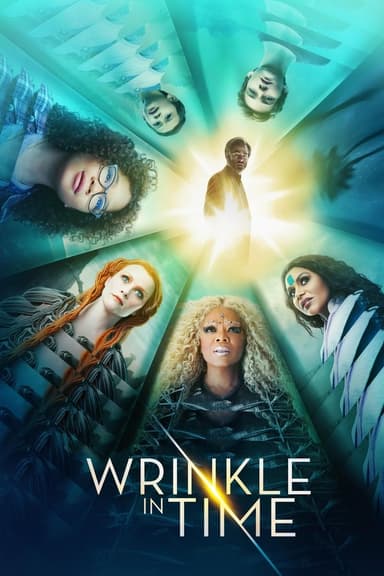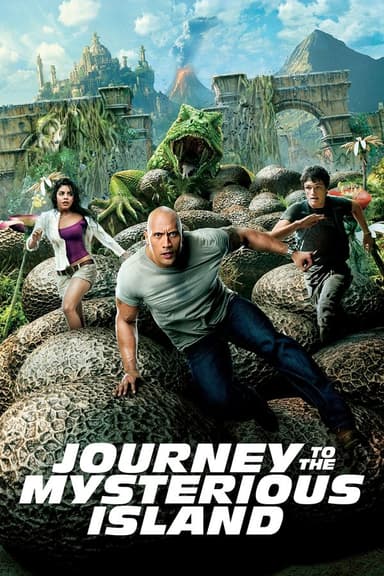
The Jungle Book
1994 • Adventure, Drama, Family • PG
Raised by wild animals since childhood, Mowgli is drawn away from the jungle by the beautiful Kitty. But Mowgli must eventually face corrupt Capt. Boone, who wants both Kitty's hand and the treasures of Monkey City – a place only Mowgli can find.
Runtime: 1h 51m
Why you should read the novel
Rudyard Kipling’s The Jungle Book invites readers into a world teeming with vibrant animal personalities, ancient jungle laws, and timeless wisdom. Through evocative storytelling and rich, lyrical language, the book offers much more than a surface-level adventure—delving deep into themes of identity, belonging, and the relationship between nature and human civilization.
Reading the original tales exposes you to the nuanced lessons Kipling wove into Mowgli’s interactions with Bagheera, Baloo, and Shere Khan—lessons about respect, courage, and the complexity of growing up as an outsider. The interwoven animal fables, such as "Rikki-Tikki-Tavi" and "The White Seal," further illustrate Kipling's literary range and moral insight.
Unlike any film adaptation, the book allows readers to imagine the jungle’s sights and sounds for themselves, and to reflect on its layered allegories. For those seeking not just to be entertained, but truly transported and enriched, The Jungle Book in its original form provides an unforgettable reading experience.
Adaptation differences
The 1994 movie adaptation of The Jungle Book deviates substantially from Kipling’s source material, starting with its focus on live-action adventure and romance. While the book is a collection of interconnected stories, the film centers on an older Mowgli and introduces a major romantic subplot with Katherine Brydon—completely absent from the original stories.
Kipling’s book is structured as a series of fables, with each chapter exploring different animal tales from the perspective of Mowgli and other jungle dwellers. The film, however, weaves a singular, linear plot and adds human antagonists such as Captain Boone, giving it a more conventional Hollywood narrative.
Another key difference lies in the depiction of the animals. In the book, animals speak and possess distinct personalities, serving as wise mentors or formidable foes to Mowgli. The movie chooses a more realistic approach: animals do not talk, and their roles are more symbolic, which sacrifices much of Kipling’s allegorical richness.
Finally, the movie alters the themes and moral lessons present in Kipling’s work. Where the book focuses on questions of identity, the laws of the jungle, and the process of growing up, the film leans into swashbuckling action and treasure-hunting, thus losing much of the subtlety and moral complexity that make the original book enduringly powerful.
The Jungle Book inspired from
The Jungle Book
by Rudyard Kipling














